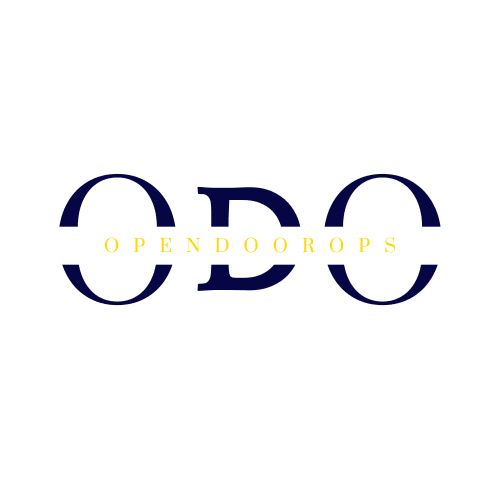The Essential Checklist for Leasing Coordination Success
Understanding Leasing Coordination
Leasing coordination plays a crucial role in the real estate industry, ensuring that lease agreements are executed smoothly and efficiently. Whether you're a property manager, real estate agent, or a business owner, understanding the essentials of leasing coordination can help you streamline processes and enhance productivity. This checklist provides key insights into achieving success in leasing coordination.

Start with Comprehensive Documentation
One of the first steps in successful leasing coordination is to have comprehensive documentation. This includes lease agreements, tenant applications, and any other relevant paperwork. Ensure that all documents are complete, accurate, and stored securely. Proper documentation not only helps in maintaining transparency but also mitigates potential legal issues in the future.
Effective Communication is Key
Effective communication is at the heart of successful leasing coordination. Maintain open lines of communication with tenants, property owners, and other stakeholders involved. Utilize multiple channels such as email, phone calls, or property management software to ensure that everyone is informed about key developments and deadlines.

Technology Integration
Incorporating technology into your leasing processes can significantly increase efficiency. Use property management software to automate routine tasks such as rent collection, maintenance requests, and lease renewals. This not only saves time but also minimizes errors associated with manual processing.
Regular Follow-Ups
Regular follow-ups with tenants and prospective clients help in building relationships and securing lease agreements. Schedule reminders for lease expirations or rent collection dates to ensure timely actions. Consistent follow-ups demonstrate professionalism and reliability, boosting tenant satisfaction.
Legal Compliance
Adhering to legal standards is paramount in leasing coordination. Familiarize yourself with local, state, and federal regulations that govern leasing processes. Ensure that all agreements comply with these laws to avoid potential disputes or penalties. Having a legal advisor on hand can be beneficial in navigating complex legal requirements.

Handle Maintenance Requests Promptly
Efficient handling of maintenance requests is essential to maintaining tenant satisfaction. Establish a system for logging, tracking, and resolving maintenance issues promptly. Proactive maintenance not only preserves property value but also enhances tenant retention by creating a positive living experience.
Conclusion
Leasing coordination success hinges on a combination of thorough documentation, effective communication, technology integration, and legal compliance. By following this essential checklist, you can streamline your leasing processes and build strong relationships with tenants and property owners alike. Remember, the key to success lies in attention to detail and proactive management.
